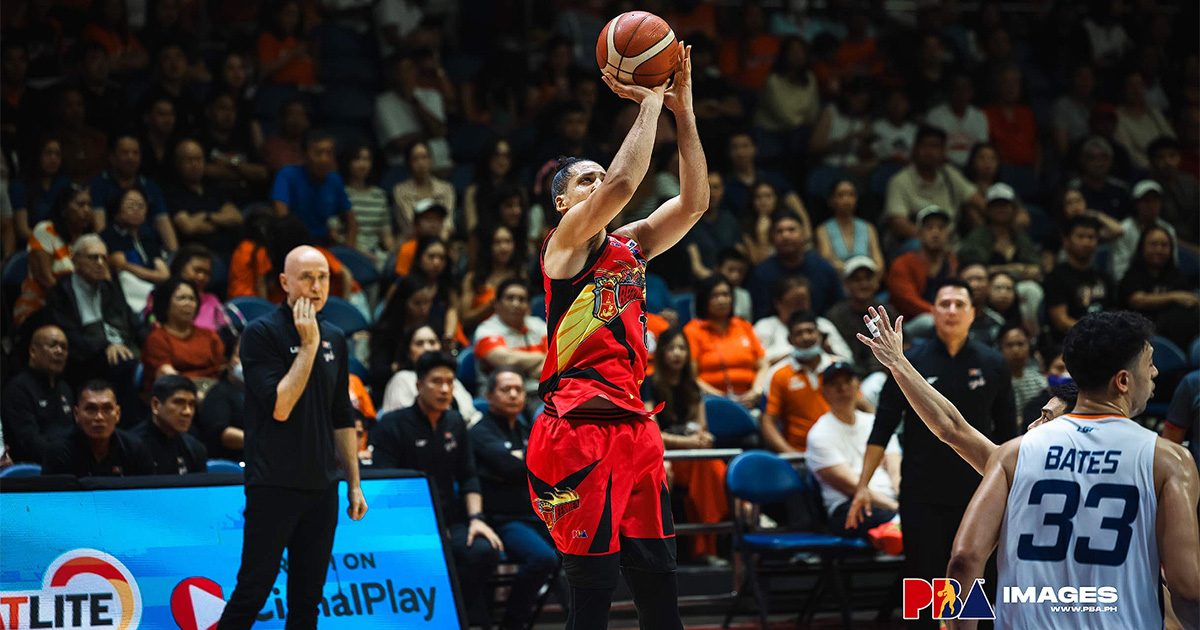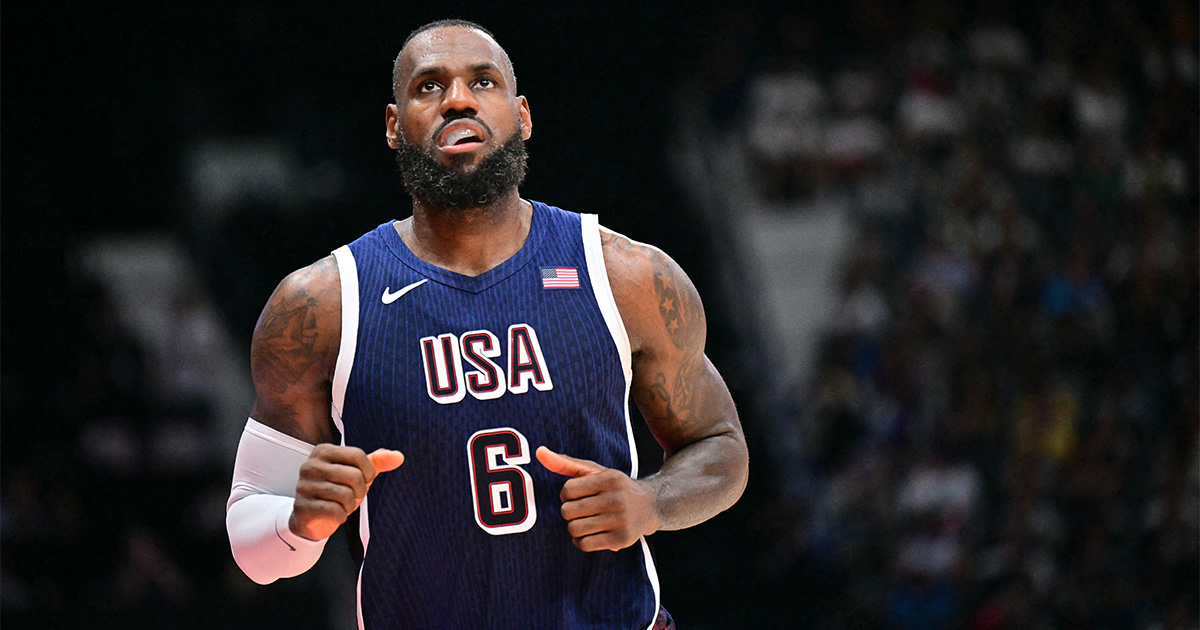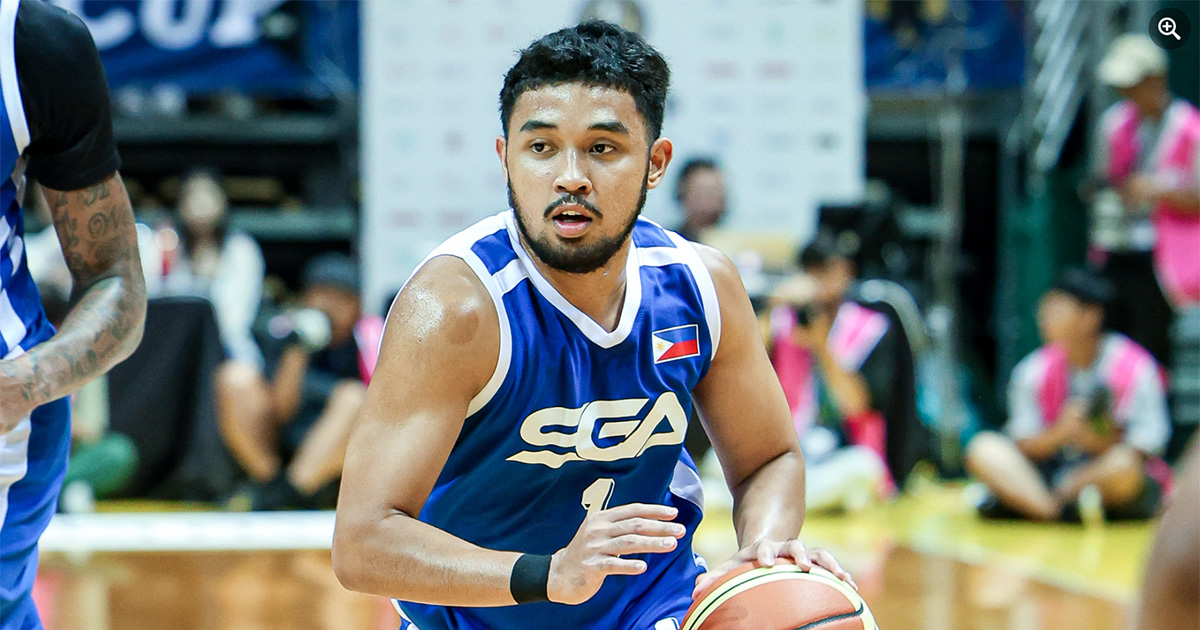After a year of feeling it out, Philippine college basketball is returning to its regular programming.
The NCAA and the UAAP restarted their seasons earlier in the year after almost two years of no college basketball. To make up for lost time, it was done with a compact schedule to be able to hold another season later in the year to bring college basketball (and a host of other sports) back to its regular slot in the calendar.
With the other leagues returning at this point in 2022, it has unfortunately created a whirlwind schedule of games until the end of the year. As a result, the logjam has recently led to unique circumstances at least for some teams.
The DLSU Green Archers had two games to play on August 12 despite having played just a few days ago. La Salle’s day began at 10 AM, when they took on Adalem Construction-St. Clare and less than 12 hours later, they had to take on the San Sebastian College Stags at 7 PM in the nightcap of the 15th FilOil EcoOil Preseason Cup. The Green Archers split their games, losing to St. Clare but came away with a dominant win over the Stags, who themselves were able to push their PBA D-League Aspirants Cup semifinal series with the Mapua Cardinals to a rubber match earlier in the afternoon.
DLSU wasn’t the only team to encounter a tight schedule as the UP Fighting Maroons had to play 15 games from July 19 to August 7, a stretch that included two days where the Fighting Maroons had to play twice in a single day.
The wins they earned are certainly welcome, but one has to wonder if the toll on their bodies is too much. Both teams will likely have training camps abroad as they work their way towards UAAP Season 85.
Of course, a lot of basketball is well and fine, but the players and the coaching staff deserve to rest and recover before venturing again into battle. Playing too many games with only a few days (or even none at all) in between is not sustainable, especially for the health of the players. Besides, there is a reason there is clamor for the NBA’s 82-game season to be reduced.

Injuries are the most obvious dangers that come with tight schedules. Wear-and-tear and some minor injuries could lead to major ones and players’ careers have at times been defined by their availability.
Moreover, fatigue could set in at this point in the year, with all the games have been played so far. This doesn’t even consider the likes of DLSU’s Kevin Quiambao, UP’s Carl Tamayo, and ADMU’s Geo Chiu, all of whom spent a considerable amount of time representing the country in international tournaments in 2022 alone.
While not as critical as the health and safety of players, scheduling conflicts in themselves can pose problems that could lead to having to unnecessarily choose one or the other. The Cardinals already had to make a choice, as they forfeited their FilOil Preseason game against the NU Bulldogs. Perhaps it was an easy choice for Mapua, though, as they were 0-6 in FilOil, but they wasted a golden opportunity to beat San Sebastian in the PBA D-League that same day. The Bulldogs needed the win in FilOil more anyway, since it allowed them to move into the postseason.
More games could mean less time for academics and these athletes, who are actually student-athletes, will then lose time to catch up on academics and could potentially be ineligible for the season (but then again some of these athletes may not be even attending classes for that matter).
The ADMU Blue Eagles were wise to choose tournaments, as scheduling conflicts seemed to be a problem just on the surface. Initially, the Blue Eagles were slated to join the FilOIl Preseason Cup but with logistics and scheduling becoming tricky, they decided to focus on the World University Basketball Series, which they won in convincing fashion. They will wrap up their buildup for UAAP Season 85 by heading to Israel for a training camp.
Ideally, consolidating and streamlining some collegiate tournaments could be a good idea, but the powers that control these tournaments have vested interests and would want to have a say with the final product. Next year will likely see a spread out college basketball calendar and that would be of great help. However, circumstances remain fluid as the COVID-19 pandemic looms.
It’s great to have college basketball back and the players are the biggest winners when the games are back in session. However, they become the biggest losers if things aren’t handled well. Getting the sport back on track will always be a good idea, but it must be done carefully and with the players’ well-being in mind.
















Binance Sign Up Bonus
gate io
gate.io
binance btc usdt